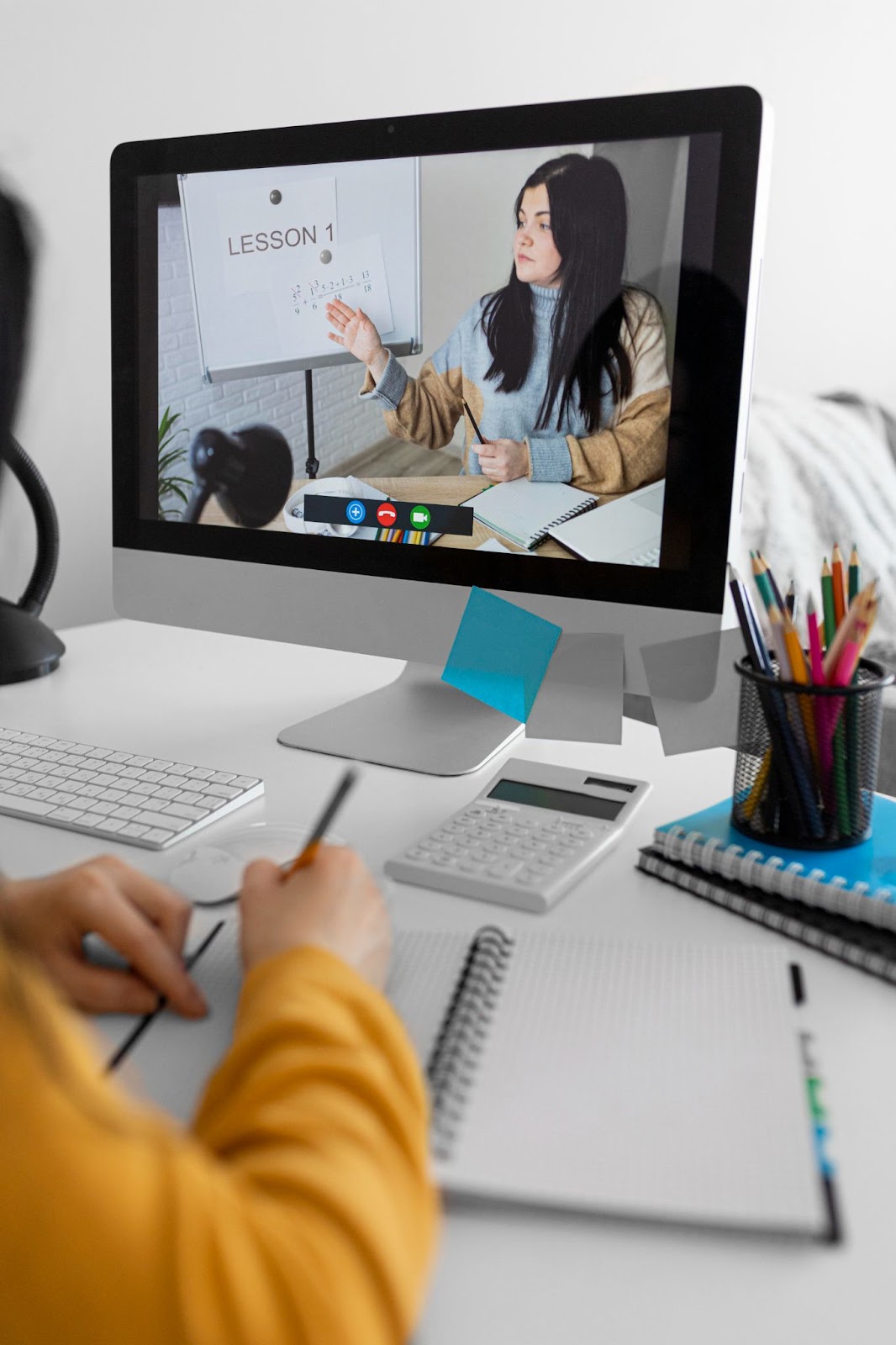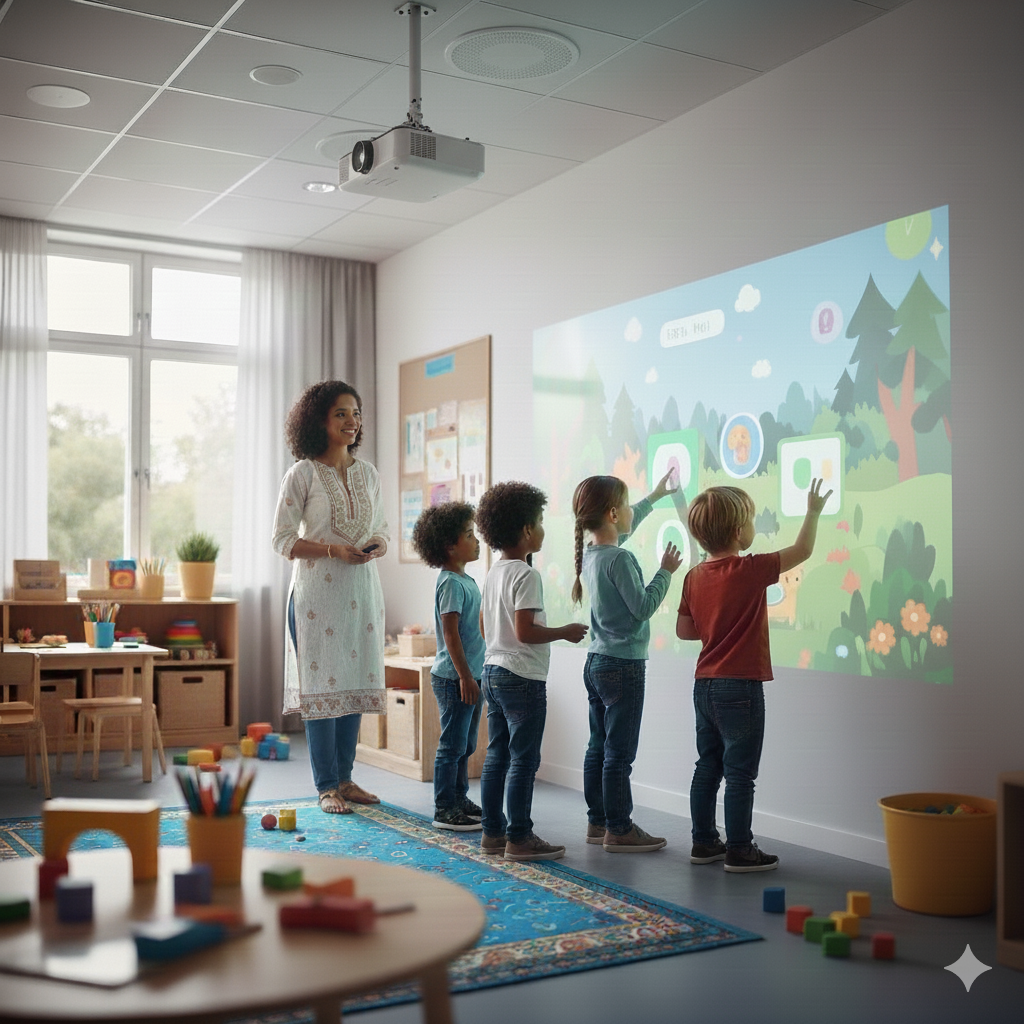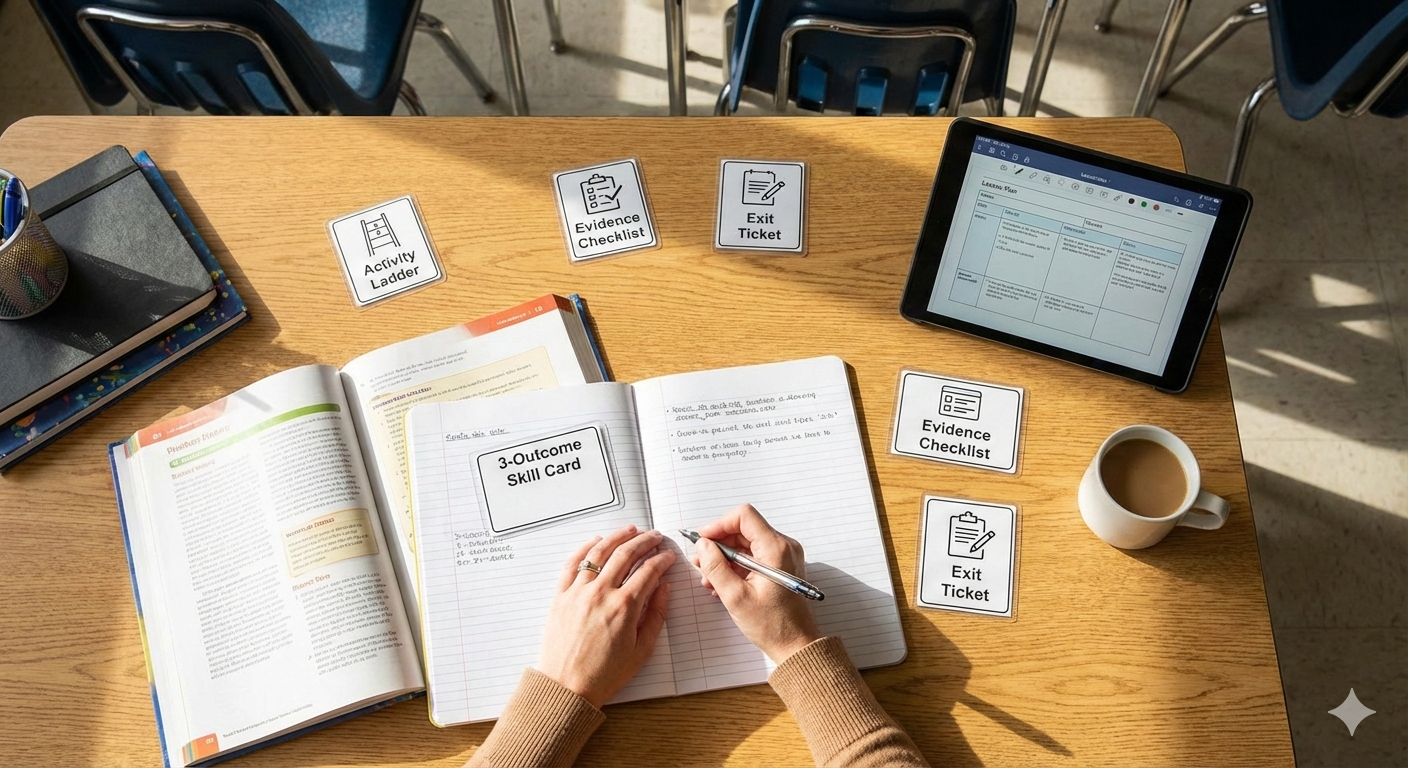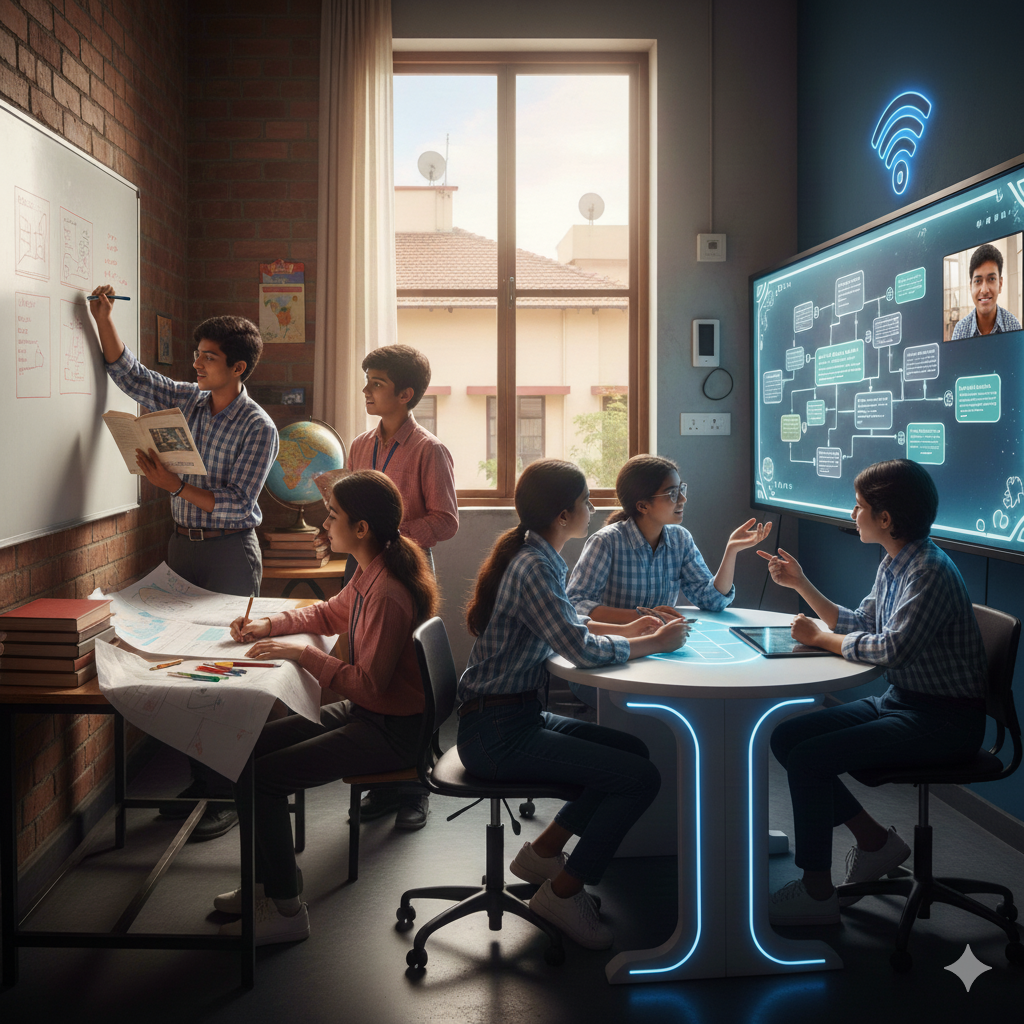How Digital Classrooms Are Simplifying Tutoring

For years, tutors have juggled between lesson planning, admin duties, and keeping their students interested — all at once. But here’s a question worth asking in 2025: Why do it all alone when your classroom can support you?
That’s the promise of a digital classroom. It’s not just a tech upgrade. It’s a teaching transformation. Whether you’re tutoring one-on-one or running full-fledged online batches, digital classrooms simplify the way you teach, manage, and engage.
And in India’s fast-changing education space, where competition is high and expectations higher, it's quickly becoming the smarter choice even for tutors.
What Exactly Is a Digital Classroom?
At its core, a digital classroom brings together everything you need to run a class — lessons, interactions, attendance, progress reports — into one connected environment. It works just as well in a physical setup as it does online or in hybrid formats.
But unlike traditional online tools, a smart classroom is designed to do more than just video calls. Think:
- An interactive screen where students solve live math problems
- A virtual board where you draw diagrams in real time
- Instant polls to check if students are actually following
With the right digital setup, you’re no longer switching tabs or chasing down homework in WhatsApp chats. It’s all in one place — secure, trackable, and easy to use.
Why Tutors in 2025 Are Going Digital — And Winning

Source: Freepik
Let’s be honest: managing a class today isn’t just about delivering content. It’s about keeping students engaged, parents informed, and schedules running like clockwork. A well-designed digital classroom helps tutors do just that.
Here’s how.
1. Engagement That Sticks
Every tutor knows the challenge. You’re halfway through a topic, and half your students are zoned out. Or worse, browsing Instagram in another tab.
Smart classrooms change that. Features like:
- Live annotations on screen
- Built-in quizzes after each topic
- Collaborative whiteboarding
...turn passive sessions into active learning experiences.
Especially for younger students or large online batches, these small touches make a big difference. The goal isn’t flashy tech. It’s better attention and deeper understanding.
Educator Insight: “When I introduced real-time quizzes after every concept, my students stopped multitasking. They knew they had to stay present and it worked,” says Nivedita, a tutor teaching Class 10 Science online.
2. Classroom Management—Without the Stress
Managing behavior or productivity online can feel like flying blind. But classroom management software built into digital classrooms changes the game:
- See if students are inactive or disengaged
- Redirect them with nudges or quick chats
- Lock attention back onto a shared screen
This level of real-time classroom management gives tutors the confidence to handle sessions with the same control they’d have in a physical class — maybe even more.
3. Say Goodbye to Manual Admin
A major pain point for tutors? The back-end work. Tracking attendance, sending reminders, sharing PDFs, chasing payments.
Here’s how digital classroom tools simplify all of it:
It’s like having a virtual assistant. Except it never misses a detail.
4. Personalization Becomes Practical
Every student is different. Some need more revision, others thrive with visual learning. But personalizing lessons gets tough when you’re short on time.
This is where smart classroom platforms excel. Many tools offer:
- Performance tracking dashboards
- Insights into topic-wise understanding
- Custom content delivery
You can tweak your next class based on actual data, not guesswork.
Example: If 40% of your students struggle with Algebra, your digital tool will show that. You can then schedule an extra session just for that. No need to ask each student individually.
5. Better Parent Communication
Parents today want transparency. They want to know what their child is learning, how they’re performing, and where they need help.
Instead of sending long emails or WhatsApp updates, digital classrooms let you:
- Share student progress reports
- Schedule PTMs without hassle
- Show engagement logs (yes, even in online classes)
This builds trust and helps you justify your fees with measurable value.
India’s Tutors: At the Heart of the EdTech Shift
India is one of the world’s fastest-growing edtech markets. But while institutions grab headlines, tutors are quietly leading a silent revolution.
The reason?
- Parents trust personal tutors more than generic platforms
- Tutors are more adaptable and cost-effective
- Word-of-mouth travels fast in local communities
But to scale without burnout, they need tools that work with them.
That’s where the digital classroom becomes more than a buzzword. It’s a strategy.
Final Thoughts
A few years ago, using an interactive screen or classroom software felt optional. Today, it’s essential especially if you want to compete, scale, or simply teach better.
A digital classroom doesn’t replace your style, it enhances it. It lets you focus on delivering knowledge, while the system takes care of structure, communication, and performance tracking.
If you’re a tutor in 2025, you don’t need to become tech-savvy overnight. You just need the right tools. Ones that are built for educators, not engineers.
Discover how Roombr’s digital classroom solution helps tutors simplify, scale, and succeed.
Built for Indian educators. Backed by powerful specs. Designed to make teaching human again.
Foziya Abuwala
Share
Step Into the future of
Education with Roombr

















